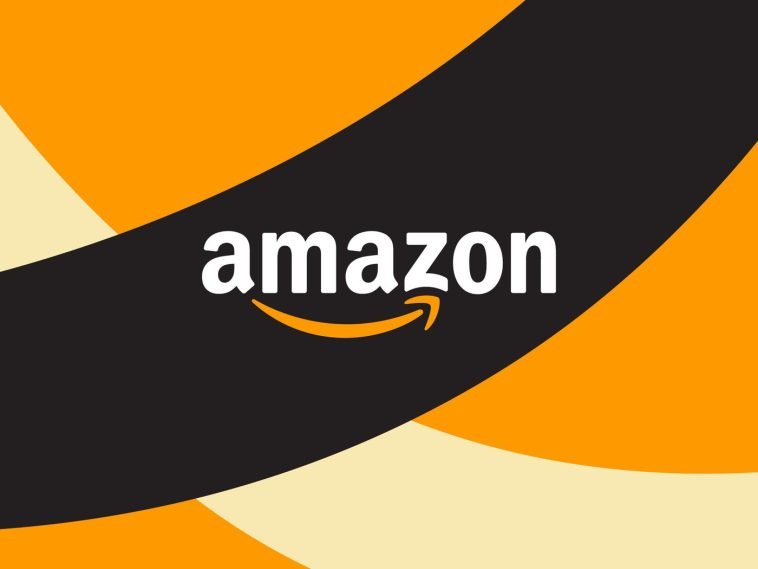Introduction.
Publishing a book is a huge achievement! But the journey doesn’t end there—you need people to actually find and read your book. And with the millions of titles on Amazon, that can feel like a big task. Promoting your book effectively is essential if you want it to stand out and connect with readers.
That’s where Amazon KDP (Kindle Direct Publishing) comes in. KDP makes it easy for authors to publish and promote their books, but knowing how to maximize your book’s visibility on the platform can be a bit tricky.
In this guide, I’m going to walk you through proven strategies to help get your book noticed on Amazon.
How Do I Promote My Book On Amazon KDP?
1. Start with an Eye-Catching Book Cover and Professional Formatting
The saying “Don’t judge a book by its cover” doesn’t quite apply to Amazon. Your cover is the first thing readers see, so it’s important to make it stand out.
Think about the genre of your book and what readers expect—different genres have distinct styles.
Hiring a designer, if it’s within budget, is usually worth it. Likewise, the formatting should look professional for both Kindle and print versions.
Pros and Cons of Investing in a Cover and Formatting
- Pros: Increases click-through rates, builds trust, matches genre expectations.
- Cons: Can be costly, but DIY tools like Canva are available for simple designs.
2. Optimize Your Book Listing: Title, Subtitle, and Book Description
Your book title and subtitle play a major role in Amazon’s search rankings. Use keywords that people are likely to type in when looking for a book like yours.
For example, if you’ve written a self-help book, think about terms like “personal growth,” “mindset,” or “goal setting.”
Your book description is also essential. Instead of a dry summary, aim for an engaging description that hooks potential readers.
Talk about the main themes, the benefits they’ll get, or the problems it will solve for them. Consider using bullet points to break down benefits and keep the description easy to read.
3. Use the Right Keywords and Categories for Amazon SEO
Amazon lets you select up to seven keywords to help your book appear in relevant searches. Think about specific words that describe your book. Tools like Publisher Rocket can help you research high-traffic, low-competition keywords.
Choose categories that match your book’s theme and are not overly competitive. If your book ranks well in a smaller category, it’s more likely to become a “#1 Bestseller” in that niche, which can attract even more readers.
Pros and Cons of Using Specific Keywords and Categories
- Pros: Improves discoverability, helps attract a target audience.
- Cons: Takes research time, not all keywords will perform as expected.
4. Consider Enrolling in KDP Select
KDP Select is Amazon’s program for exclusive Kindle books. By signing up, you get access to special promotional tools, like Kindle Countdown Deals and Free Book Promotions.
However, it requires exclusivity, meaning you can’t sell the eBook on other platforms while it’s enrolled in KDP Select.
Pros of KDP Select
- Access to promotional tools that boost visibility.
- Eligible for Kindle Unlimited, which means you get paid per page read when KU members read your book.
Cons of KDP Select
- Limits distribution to only Amazon.
- If your audience uses multiple eBook platforms, this could limit your reach.
5. Run Amazon Ads (AMS) for Greater Exposure
Amazon Marketing Services (AMS) ads can help give your book a boost in visibility. AMS lets you run Sponsored Product Ads, Lockscreen Ads, and Sponsored Brands, showing your book to readers actively searching on Amazon. Set a budget that works for you and experiment with different ad types.
While advertising does require an upfront investment, even a modest daily budget can increase exposure significantly. Just be sure to monitor ad performance closely, so you’re not spending more than you’re earning from book sales.
Pros and Cons of Using AMS Ads
- Pros: Increases visibility, helps your book reach new readers.
- Cons: Costs can add up, results may vary without proper targeting.
6. Encourage Reviews from Readers
Reviews are a big factor in Amazon’s ranking algorithm. They’re also crucial for building credibility and attracting new readers. After someone buys or downloads your book, consider sending a thank-you email that politely requests a review. But avoid any language that sounds pushy.
Remember, don’t ask family or friends for reviews, as Amazon’s algorithms are strict about authentic feedback. Some authors use services like BookSprout to reach early readers and receive honest reviews.
7. Promote Your Book Beyond Amazon
While Amazon is a powerful platform, don’t forget other ways to market your book. Social media platforms, a personal author website, and email newsletters can all help you build a following. Consider reaching out to book bloggers, joining online book clubs, or even setting up a blog to share your knowledge if you’ve written non-fiction.
Pros of Promoting Outside Amazon
- Builds a personal brand and a loyal following.
- Increases chances of word-of-mouth marketing.
Cons
- Requires time and effort, results may vary depending on engagement.
FAQs
Q: Should I make my book free for a limited time?
A: Offering your book for free for a limited time can be a good way to boost visibility and get reviews. However, it’s best used as part of a broader strategy. Free promotions are particularly effective for the first book in a series or when launching a new book.
Q: How much should I spend on AMS ads?
A: There’s no one-size-fits-all answer. Start with a daily budget you’re comfortable with and test small to see what works. You can adjust your budget based on performance. Many authors start with $5–$10 per day.
Q: Is KDP Select worth it?
A: KDP Select works well if Amazon is your primary market and you’re okay with exclusivity. It’s especially useful if you want to run free promotions or Kindle Countdown Deals. However, if you have readers on other platforms, it might be worth exploring those first.
Q: What’s the best way to find keywords?
A: Tools like Publisher Rocket and Kindlepreneur’s free keyword tools can help you find popular keywords in your genre. Also, try searching for books similar to yours on Amazon to see what keywords they use.
Q: How long does it take for Amazon ads to show results?
A: Results can vary based on the book’s genre, budget, and keyword competitiveness. It’s usually a good idea to wait a week or two to evaluate the effectiveness of your campaign before making major changes.
Conclusion
Promoting a book on Amazon KDP may seem complex, but it’s manageable once you break it down into steps.
By choosing the right keywords, optimizing your listing, and using Amazon’s promotional tools strategically, you can increase your book’s chances of success. Like anything, it takes time and experimentation to find what works best for you.
So, after reading through these tips, are you ready to take your book promotion to the next level and reach new readers?





GIPHY App Key not set. Please check settings